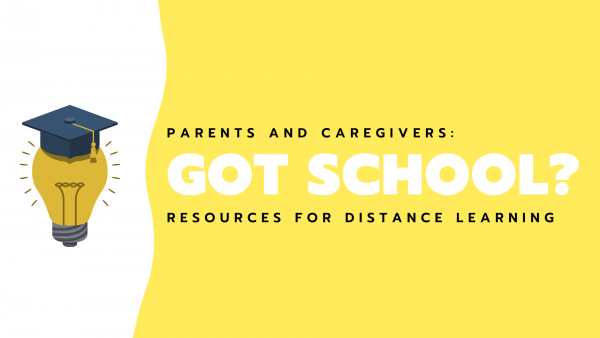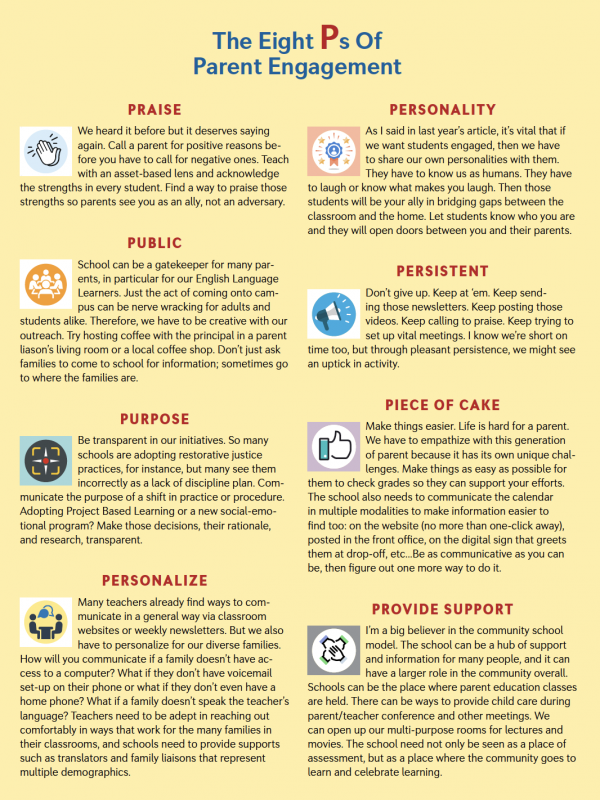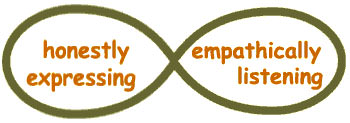
How to Create a Plan With Your Family and Friends
Urban Homeschoolers are great for helping you come up with a plan for all the resources available to you as a home schooler!
Step 1: Begin by answering these questions for yourself and discuss these questions with your family:
What do you want for your kids?
Do you need help Creating a plan with your Family?
How do we Avoid Victim Mentality or Something is wrong?
Can we see home schooling as the best option for us rather than “something is lacking” or “something is wrong” mentality because of having to home school?
How can we empower this experience of distant learning and choosing our circumstances powerfully?
Answer the questions;
What does succeeding in Education this season look like for your family?
What is Success for your family?
Are you Creating learning communities or resource sharing Pods?
How do you create Peer to Peer Learning?
How can I help my kids (not all kids – your kids are unique) unlock their Goals, stimulate their creativity, and become resilient?
How can I create Online Experiences and high-quality in-person experiences with my neighbors, family, and online resources like museums, farms, and science centers?
In this section we answer:
- If parents need outside help, what are some strategies you use that work?
- What affordable resources or free resources are available for parents?
- How do the two of you balance work and home life?
- What do you see as the long term benefits of homeschooling?
Parents & Caregivers Education
Step 2: Let your self do all of these Ps

Begin here with Preschool:
The California Council of Parent Participation Nursery Schools (CCPPNS) is a state-wide community of parents, and educators committed to teaching and inspiring families through parent involvement and mutual support. Parent participation nursery schools and preschools are founded on the principle that the best education will result from an active partnership among parents, teachers, and children. For CCPPNS Membership Benefits, click here.
https://ccppns.org/
……
This is a community resource for parents as well as all people to experience the optimal form of communication!
The Center for Nonviolent Communication (CNVC) is a global nonprofit organization founded by Marshall Rosenberg, Ph.D. We are dedicated to sharing Nonviolent Communication (NVC) around the world, and, to that end, we offer International Intensive Trainings and we certify individuals as trainers.
NVC is about connecting with ourselves and others from the heart. It’s about seeing the humanity in all of us. It’s about recognizing our commonalities and differences and finding ways to make life wonderful for all of us.
Let us help you discover: https://www.cnvc.org/
………….
What Are the Most Important Life Skills for Kids to Learn?
- Focus and Self-Control.
- Perspective-Taking.
- Communication.
- Making Connections.
- Critical Thinking.
- Taking on Challenges.
- Self-Directed, Engaged Learning.
……….

There are three basic options for how?to cover the?legal?aspect?of homeschooling. None of them are?necessarily?better than another—it’s a matter of what fits your family.?You can change fairly easily from one?choice?to another from year to year.
The founders of Urban Homeschoolers have used all three of these options during their combined 25 years of homeschooling, depending on needs.??Here they are, in a nutshell:
Option 1: Private School Affidavit (PSA)
This involves filling out?an on-line document with the state?each?year.? You basically create a private school, with?your?children as students.? Since?private?schools in?California?are not required to follow specific?curriculum,?you?have a lot of freedom. And since they don’t require?private?school teachers to be?accredited, you don’t have to be an accredited teacher.
Although the state mandates that certain subjects,?such as reading, social studies, math and science be “taught,” when you file the Private School Affidavit, you have freedom in deciding?what?specific topics are covered,?as well as?how and when?to cover them.??This freedom can be overwhelming for some families?new to homeschooling, and can lead to decision-making overload.? For others, the ability to let their children learn at a natural pace, in?an?interest-based way, is a wonderful?choice.?The?Affidavit?is filed between Oct 1-15 each year.??HERE?is the link.
Pros:??If your elementary school aged child?gets interested in a topic?normally covered in high school,?like biology, let them at it!? If your child is gifted, or if they have?a learning disability (or both!), they can learn at their own pace, without?feeling?measured or judged, AND they are free to learn in the?way that is best for them.? If your child gets obsessed with a subject, like the solar system, or the Middle Ages, they can spend as much time on that subject as they want to.
Cons:??There is no built-in support?system.? There is no?monetary?help.? There is no mandated grade-specific requirements.? You must do your own record-keeping.
Option 2: Private School Satellite Program (PSP)?
This is simply a private school that caters to homeschoolers. They require a tuition fee to enroll.??When you sign up, you become a teacher in that school. Your name and address do not appear on the affidavit, but the PSP is required to keep a listing of each teacher.?The administrator will remind you to turn in the required attendance records and course of study. Some PSPs offer a newsletter and activities like park days and field trips for their members. Some PSPs offer curriculum packages.?The amount of both guidance,?and requirements vary with each school.?
Pros:? Legal responsibility belongs to?someone?else.? Some support may be?available, depending on where you enroll.? There may be a support group.
Cons:??There is a tuition for?enrollment.? PSPs vary wildly in their focus, freedom, and support.? Research carefully to find the right one for you.
Option 3:??Public?Homeschool?Charter Schools?
When?you register with a public school ISP or Charter School, your child is still?officially?in public school, but there is no requirement to attend at?a?physical?building. You?will be assigned a credentialed teacher to oversee your program. You will meet with this teacher?about?once?a?month, at which time you will turn in work samples (usually one per?subject, per month).
You will be given a ‘budget’ each semester to spend as you please on classes (both for core subjects and extracurricular), curriculum, craft materials, etc.? You must use the budget with?’vendored’?businesses, of which there are many in Southern?California.? These are?businesses?that have made an?agreement?with the Charter to accept?payment on behalf of the student.??You?will need to keep the records required by the program you enroll in.
The amount of freedom you have in choosing what to study depends on the program’s policies,?and?with?your assigned teacher.??Many families who choose this option ask around to find a Charter and teacher that they think will be a good fit for their educational philosophies.? Many Charters encourage participation in the public school anonymous end-of-year testing.
Pros:?You receive a budget to use for your?child’s education. It can be used for core subject?classes, extracurricular classes, materials, curriculum, etc.?You?have a?teacher assigned to your child to answer questions, and help solve?dilemmas.
Cons:?Some may find that this option does not offer enough freedom, and some find the requirement to?turn?in monthly work samples?arduous.? Public homeschool programs do not recognize religious-based teachings, and will not count those as educational progress.
To view a list of the charters UHS works with, click here.
Step 3: To understand learning consider this:
To comprehend the way learning occurs in the brain, here’s a brief primer on its physiology. The brain acts as a dense network of fiber pathways consisting of approximately 100 billion (1010) neurons. The brain consists of three principle parts – stem, cerebellum and cerebrum – as shown in Figure 1 below. Of the three, the cerebrum is most important in learning, since this is where higher-ordered functions like memory and reasoning occur. Each area of the cerebrum specializes in a function – sight, hearing, speech, touch, short-term memory, long-term memory, language and reasoning abilities are the most important for learning.
Figure 1: The Human Brain

Your children are going to “mirror you!”
https://en.wikipedia.org/wiki/Mirror_neuron
A mirror neuron is a neuron that fires both when an animal acts and when the animal observes the same action performed by another.[1][2][3] Thus, the neuron “mirrors” the behavior of the other, as though the observer were itself acting. Such neurons have been directly observed in human and primate species,[4] and birds.[5]
In humans, brain activity consistent with that of mirror neurons has been found in the premotor cortex, the supplementary motor area, the primary somatosensory cortex, and the inferior parietal cortex.[6] The function of the mirror system in humans is a subject of much speculation. Birds have been shown to have imitative resonance behaviors and neurological evidence suggests the presence of some form of mirroring system.[4][7]
To date, no widely accepted neural or computational models have been put forward to describe how mirror neuron activity supports cognitive functions.[8][9][10] The subject of mirror neurons continues to generate intense debate. In 2014, Philosophical Transactions of the Royal Society B published a special issue entirely devoted to mirror neuron research.[11]
Some researchers in cognitive neuroscience and cognitive psychology consider that this system provides the physiological mechanism for the perception/action coupling (see the common coding theory).[3] They argue that mirror neurons may be important for understanding the actions of other people, and for learning new skills by imitation. Some researchers speculate that mirror systems may simulate observed actions, and thus contribute to theory of mind skills,[12][13] while others relate mirror neurons to language abilities.[14] Neuroscientists such as Marco Iacoboni (UCLA) have argued that mirror neuron systems in the human brain help us understand the actions and intentions of other people. In a study published in March 2005 Iacoboni and his colleagues reported that mirror neurons could discern whether another person who was picking up a cup of tea planned to drink from it or clear it from the table.[15] In addition, Iacoboni has argued that mirror neurons are the neural basis of the human capacity for emotions such as empathy.[16]
There are scientists who express skepticism about the theories being advanced to explain the function of mirror neurons. In a 2013 article for Wired, Christian Jarrett cautioned that:
…mirror neurons are an exciting, intriguing discovery – but when you see them mentioned in the media, remember that most of the research on these cells has been conducted in monkeys. Remember too that there are many different types of mirror neuron. And that we’re still trying to establish for sure whether they exist in humans, and how they compare with the monkey versions. As for understanding the functional significance of these cells … don’t be fooled: that journey has only just begun.
Step 4: World wide resources to help build a village around you:
https://ecovillage.org/solution/nonviolent-communication/
You are here: Home / Solution Library / Nonviolent Communication
Nonviolent CommunicationNonviolent Communication : another way to communicate.
Written by Ernesto Sun,
Description of Challenge
How to express ourselves to be understood well, without using any violence?

Solution
Most of the videos are from Marshall Rosenberg, an American psychologist and the creator of the communication process of nonviolent communication, you will also find a TEDex talk from Brene Brown.
This link will show you different points about nonviolent communication, so through different videos.
The basics of nonviolent communication are presented in this file as well.
Related websites:
MUST WATCH:
Here are some of the resources:
- Khan Academy for Kids YouTube Channel
- Sample schedules of a full day of activities and instruction, by grade
- Get ready for math courses to make the transition to fall
- Basics for teachers who want to use Khan Academy
- Quick Guide for parents to use Khan Academy

